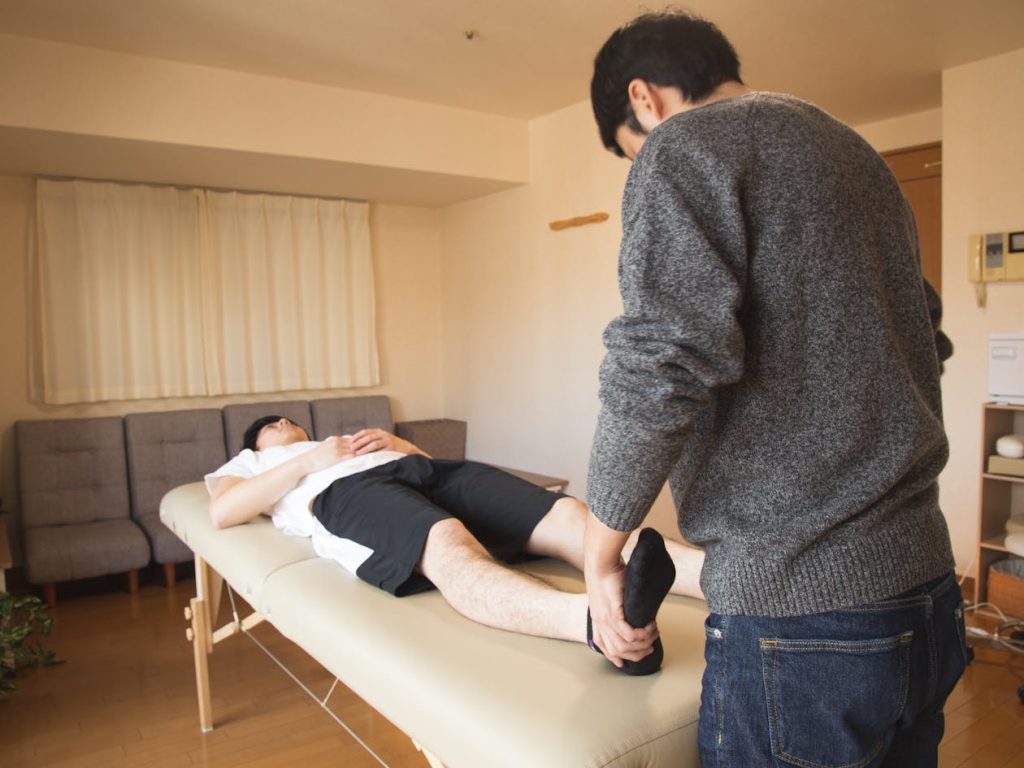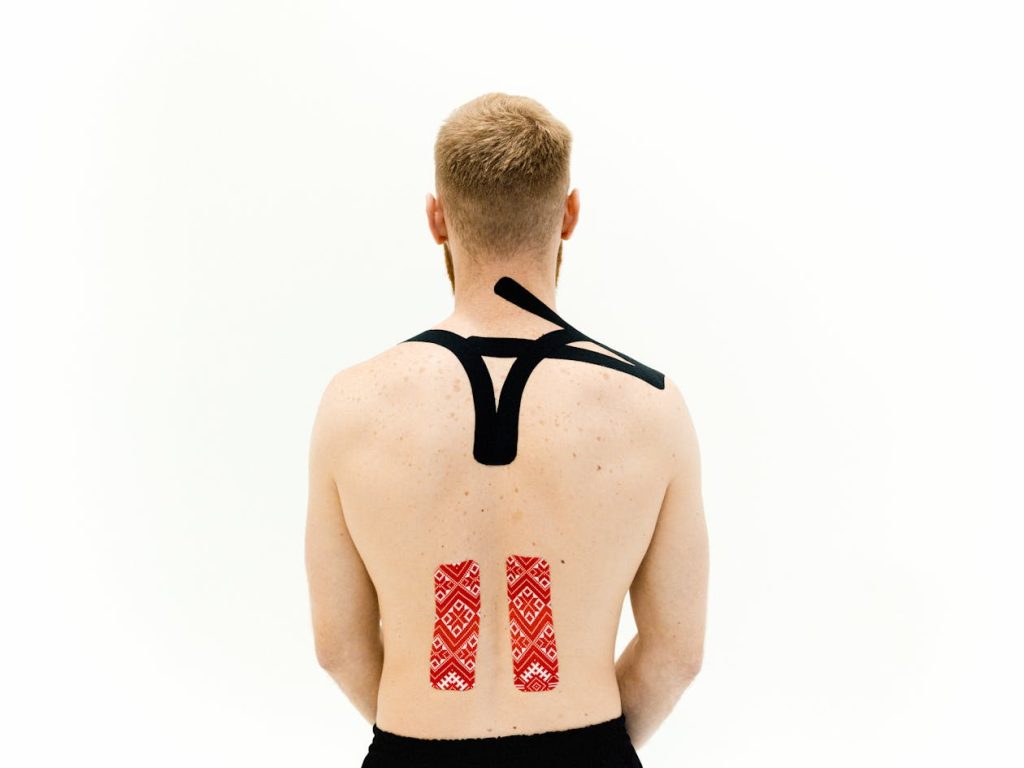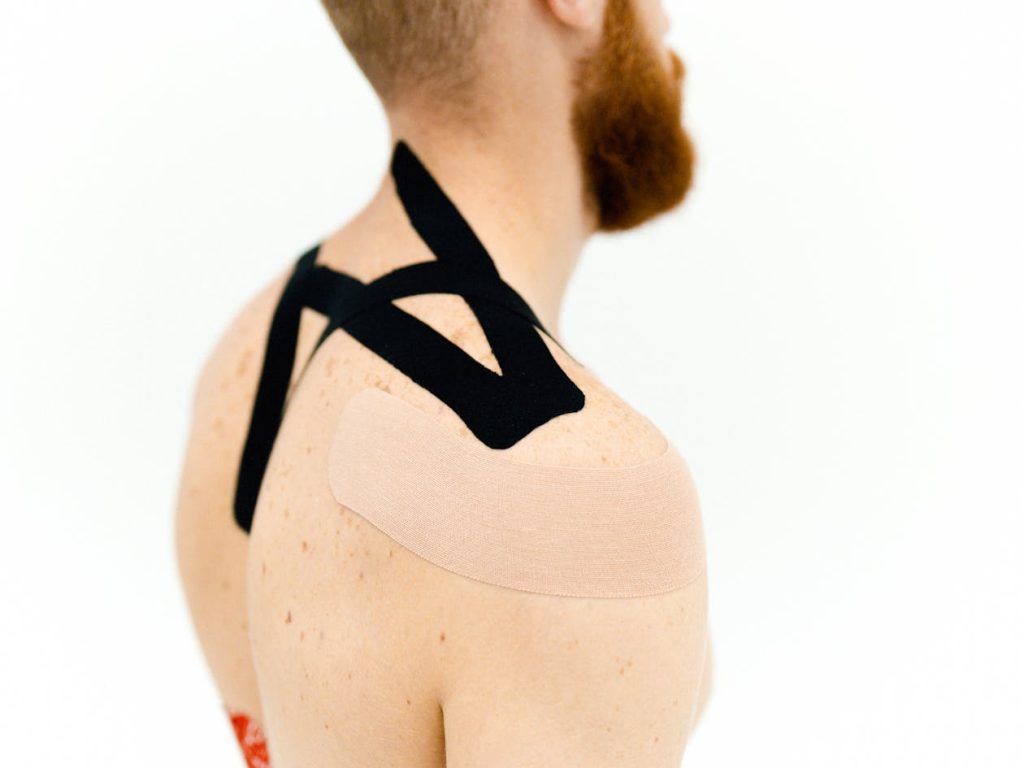Man in his 20s develops locked-in syndrome after routine chiropractic neck adjustment
Last updated on
In October 2015, a healthy 24-year-old athlete walked into a chiropractic office for what should have been a routine neck adjustment. Within hours, his life would be forever altered in ways that defy imagination. What happened next would expose catastrophic failures in emergency medical care and result in one of the largest malpractice verdicts in the state of Georgia’s history. Jonathan Buckelew had always been active, playing nearly every sport and maintaining the kind of physical fitness that most people envy. He had no reason to expect that a simple appointment would transform him from an independent young man into someone entirely dependent on others for every aspect of survival. What followed his chiropractic visit would reveal shocking gaps in emergency medical protocols and diagnostic procedures that allowed a preventable tragedy to unfold. Nearly a decade later, Jonathan’s story serves as both a devastating example of medical negligence and a stark warning about the fragility of the systems we trust with our lives.When a Routine Appointment Turns Into a Nightmare
Jonathan Buckelew approached his chiropractic appointment like millions of Americans do every year—seeking relief for minor neck discomfort through what most consider a safe, non-invasive treatment. At 24 years old, he represented the picture of health and vitality that characterized his entire life up to that point. During the neck adjustment procedure, something went catastrophically wrong. Jonathan suddenly became dizzy, disoriented, and unresponsive, displaying symptoms that should have immediately triggered emergency medical protocols. What had begun as a routine healthcare visit quickly transformed into a life-threatening medical crisis. Emergency medical services rushed Jonathan to North Fulton Hospital, where his family expected him to receive the immediate, expert care that emergency rooms are designed to provide. Instead, they would witness a series of diagnostic failures that would forever change their understanding of medical safety and competence. Jonathan’s case represents one of countless visits to healthcare providers that millions of people make annually, trusting that medical professionals will recognize and respond appropriately to emergencies when they arise.Hospital Doctors Miss Critical Signs for Hours

What Locked-In Syndrome Means for Patients

Family Transforms Home Into Medical Facility
Jonathan’s parents, Jack and Janice Buckelew, have completely restructured their lives and home to provide the intensive care their son requires. What was once a typical family residence has evolved into a sophisticated medical facility, equipped to handle the complex neurological care needs of its patients. “We do work really hard to keep at least two months ahead on the supplies,” Jack Buckelew explains about their meticulous preparation. “We created an ICU, honestly.” Their garage now serves as a storage room for medical supplies, stocked with the equipment necessary to maintain Jonathan’s health and comfort. Every room in the house has been reconfigured to accommodate his needs, from specialized bedroom setups to physical therapy areas designed for his condition. Round-the-clock nursing care supplements the family’s caregiving efforts, as Jonathan requires constant monitoring and assistance with all basic life functions. His parents have become medical professionals themselves, learning to operate complex equipment and manage medical protocols that most people never encounter.How Jonathan Communicates in Silent World

Legal Battle Reveals Shocking Medical Negligence
Jonathan’s family pursued legal action against multiple healthcare providers involved in his care, ultimately securing what became the largest emergency room malpractice verdict in Georgia history. A Fulton County jury awarded the family $75 million after determining that two physicians had been “grossly negligent” in their treatment decisions. Evidence presented during the trial revealed systematic failures in emergency medical protocols that should have prevented Jonathan’s tragic outcome. Hospital policies existed specifically to address stroke recognition and treatment, but these protocols were not followed during his critical care period. The jury found that Dr. Womack and radiologist Waldschmidt had violated standard care practices through their diagnostic failures and communication breakdowns. Interestingly, the chiropractor who performed the initial neck adjustment was not found liable, suggesting that the primary responsibility lay with emergency medical providers who failed to respond appropriately to Jonathan’s condition. The massive financial award reflects both the severity of Jonathan’s injuries and the jury’s assessment of the preventable nature of his condition. However, family members emphasize that no amount of money can restore what Jonathan has lost.Missing Stroke Statistics That Should Terrify Everyone

Price Breakdown of a Life Forever Changed
Financial compensation for Jonathan’s injuries was divided into categories that attempt to quantify different aspects of his losses. He received $9 million for previous medical expenses already incurred since his injury, reflecting the enormous costs associated with managing locked-in syndrome. Future medical costs were estimated at $20 million, acknowledging that Jonathan will require intensive care for the remainder of his life. Such projections consider not only direct medical expenses but also the specialized equipment, home modifications, and professional caregiving services necessary for his survival. Pain and suffering compensation totaled $46 million, representing the jury’s attempt to place monetary value on the psychological and emotional impact of Jonathan’s condition. However, family members emphasize that financial awards cannot restore physical capabilities or undo the psychological trauma of locked-in syndrome. “I really feel like there’s no real justice for somebody who lost every aspect of his life,” Jack Buckelew reflects about the limitations of legal remedies for catastrophic medical injuries.Father’s Heartbreaking Reality Check About Justice

Appeals Process Drags On While Family Copes
Legal proceedings continue as Dr. Womack has appealed the verdict to Georgia’s Supreme Court, seeking to overturn the jury’s findings and financial award. An appellate court initially affirmed the lower court’s ruling, but the appeals process allows for continued legal challenges, extending uncertainty for Jonathan’s family. Radiologist Waldschmidt also filed an appeal but later withdrew it, accepting the jury’s verdict regarding his role in the diagnostic failures. Such legal maneuvering represents standard practice in significant malpractice cases but prolongs resolution for families already dealing with catastrophic injuries. While legal battles continue, Jonathan’s condition remains unchanged, and his family must navigate the complex realities of long-term care regardless of final legal outcomes. Their focus has necessarily shifted from seeking justice to maximizing Jonathan’s remaining quality of life within the severe constraints imposed by his condition. Legal victories, however significant, cannot restore the athletic young man who walked into a chiropractic office nearly a decade ago expecting nothing more than minor neck relief.Some of the links I post on this site are affiliate links. If you go through them to make a purchase, I will earn a small commission (at no additional cost to you). However, note that I’m recommending these products because of their quality and that I have good experience using them, not because of the commission to be made.

































 JOIN OVER
JOIN OVER
Comments